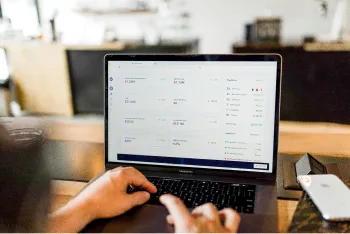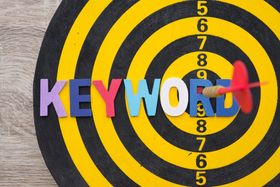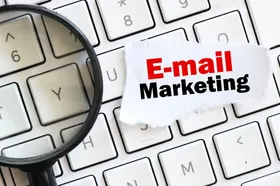How to Correctly Price Products on Your Shopify Store
Updated February 10, 2023

AI Summary
Product pricing is a complicated issue for any eCommerce store owner. There are many factors to take into account, such as fixed costs, hidden costs, transaction fees, etc. Just when you think you've found the optimal pricing point, suddenly you realize that profits aren't anywhere close to what they were supposed to be.
Calculate All of Your Shopify Store's Costs
As with every blog I've written, I always mention how important "RESEARCH" is. Profound research is an essential step you must take before launching your store to the public. As discussed above, there are so many costs to running a Shopify store that merchants have to take into consideration when calculating product pricing:
- Shopify's transaction fee - Depending on your package, this fee could amount to 2% per transaction.
- Shopify apps - The number of apps and plugins your store requires to operate properly. On Shopify, you start off with store cost, a minimum of $29 per month, but you have to use apps for product galleries, portfolios, reviews, abandoned cart, remarketing, etc. Therefore your real starting price is around $100 per month.
- Payment gateways you use have their own fees per transaction on top of Shopify's price.
- Fulfillment costs can vary, depending on whether your customers are local, national or international.
- Marketing - When launching a store, many merchants don't know how to factor-in marketing costs. But as you know, every store needs marketing, and this cost can vary every month.
- Taxes - VAT, business tax, etc., will also significantly affect your revenue and profits.
Take your time and do extensive market research to learn about all the fixed and variable fees that a store owner pays in order to run a successful e-commerce business. Thereafter, put all of these costs into a spreadsheet and use it to make informed decisions on all the products you're pricing.
Understand Your Customers
Remember, you're selling a product, not a price. This means that at the end of the day, prices need to reflect your products' value in the eyes of your customers. So, after you've factored in all of the costs, you'll know the minimum price that customers need to pay for you to turn a profit. But this isn't necessarily the right price; it is merely the minimum price.
For example, Apple charges more than $20 for an iPhone charging cable, while its production costs, storage, and marketing don't even come close. Nevertheless, customers are willing to pay this price since they must have this cable to charge their iPhones, and Apple knows that an overpriced charging cable will not cause their customers to leave them.
Check Your Competitors
Comparing your products and prices with competitors is crucial for understanding your product's value in your customers' eyes.
Here you'll have to look at more than just price. For example:
- How much do you estimate it costs your competitor to market their product?
- Are your competitors' brand names perceived more or less perceived valuable than yours?
- Does your product offer better features than the competition?
Test Your Hypothesis
Remember that no plan survives contact with real customers. You've based your pricing on calculations and estimations, and now it's time to test and see how customers respond to it. Look at it as an experiment. You've come up with a hypothesis and now it's time to experiment and see how close it is to reality.
When you look at every new step in your Shopify journey as an experiment, you realize that each experiment's goal is to learn, and then you're not disappointed if you don't nail it on you're first go.
Optimize Prices Over Time
You'll never get the perfect price for your products; it is an ongoing process. Market changes affect marketing, production, distribution, etc., and this affects your competitors too. For that reason, you need to come to terms with the fact that you're operating in an ever-changing environment and that now and then, you'll have to re-assess and re-test your pricing.





